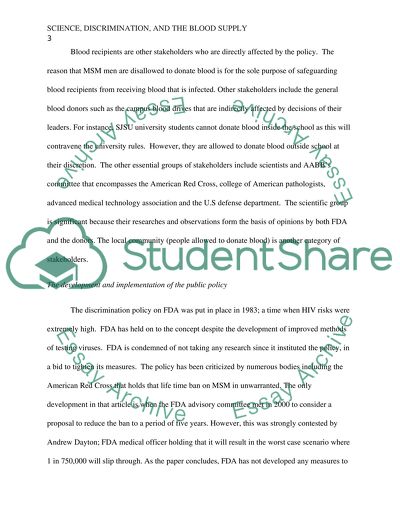Cite this document
(“Science, Discrimination, and the Blood Supply Case Study”, n.d.)
Science, Discrimination, and the Blood Supply Case Study. Retrieved from https://studentshare.org/sociology/1476035-science-discrimination-and-the-blood-supply
Science, Discrimination, and the Blood Supply Case Study. Retrieved from https://studentshare.org/sociology/1476035-science-discrimination-and-the-blood-supply
(Science, Discrimination, and the Blood Supply Case Study)
Science, Discrimination, and the Blood Supply Case Study. https://studentshare.org/sociology/1476035-science-discrimination-and-the-blood-supply.
Science, Discrimination, and the Blood Supply Case Study. https://studentshare.org/sociology/1476035-science-discrimination-and-the-blood-supply.
“Science, Discrimination, and the Blood Supply Case Study”, n.d. https://studentshare.org/sociology/1476035-science-discrimination-and-the-blood-supply.


